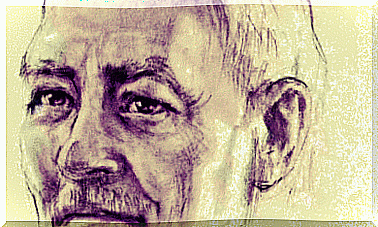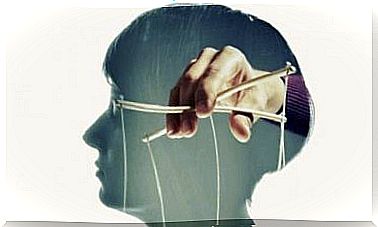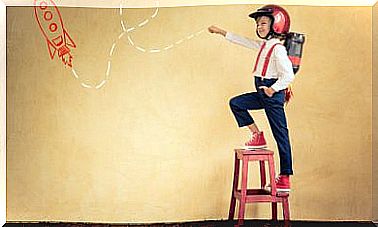An Overview Of The Most Common Types Of Anxiety
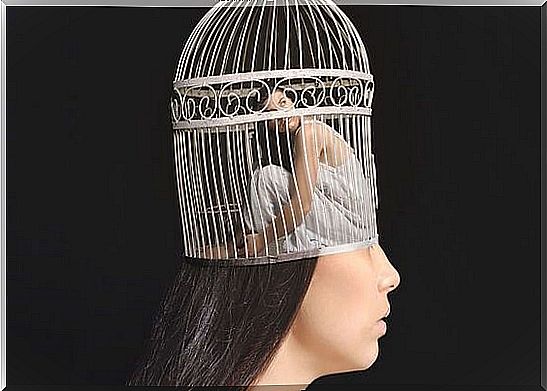
Fear is one of the greatest evils of our time. Actually, several types of fear have now been identified. New classifications are constantly being made. That’s not much of a surprise when you consider how demanding and fast-paced today’s world is. That balance with yourself and with others is therefore dynamic.
Fear is one of the many faces of fear. Fear itself arises as a result of a specific stimulus. This is not the case with fear. Fear is normal when you face a specific threat and find yourself in danger. But fear is a form of fear that often has no apparent cause. So it is not easy to find the origin or what causes it to return.
You know it’s anxiety because you feel uncomfortable, insecure, or worried about “something,” no matter how unclear it may be. Maybe you feel like you’re in free fall on a plane, when you’re really just sitting at home in the living room. You may feel an inner tingling that just won’t go away. It makes you irritated and makes you feel rushed. However, you can’t really name the cause.
There are different types of common fear. Some people prefer to just call it “stress” or “worry.” But if you take a closer look, it can be one of the more serious types of anxiety. The good news is that you can treat all of these types of anxiety. But for starters, we want to teach you a little more about this first.
Two Common Types of Anxiety: General and Social Anxiety
General Anxiety Disorder is defined as a state of constant worry for no apparent reason. It should take at least six months. In general, it is accompanied by difficulty sleeping, irritability, problems with concentration and general fatigue.
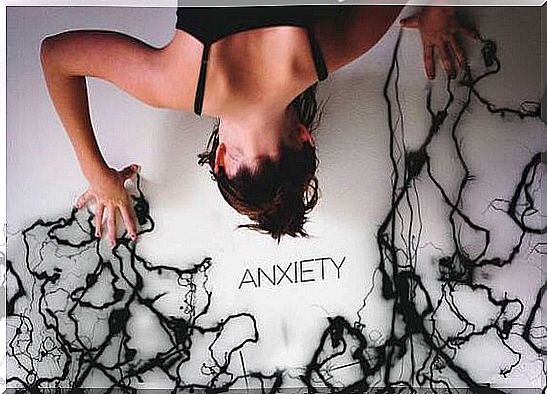
Social anxiety is a condition where the person experiences fear or becomes confused when interacting with others. In essence, people with this type of fear are afraid to interact with other people. It is interesting to know that a large part of these feelings of fear arise in advance. In other words, they occur before the dreaded social contact takes place.
Both conditions affect the person’s quality of life. Plus, they don’t get better on their own over time. Because these kinds of fears are also often reinforced by avoidance behavior. We must also remember that you are not alone in a difficult period. You have a condition that requires treatment.
In most cases, the therapy need only involve a short period of time. That is enough to regain control of the emotions. In other cases, more time is required. However, regardless of the duration of therapy needed, it is very likely that you will overcome these conditions.
Obsessive Compulsive Disorder (OCD) and Post-Traumatic Stress Disorder (PTSD)
The hallmark of OCD is that the person has persistent and urgent thoughts that create fear and anxiety. It also doesn’t matter how much the individual tries to get the idea out of his mind. He or she fails. The obsessions can penetrate the person’s personality and affect his life very much.

PTSD occurs after someone has had a traumatic experience. It manifests itself in restlessness, trouble sleeping and above all the recurring fantasy in which the trauma happens again. Therefore, the person is always very vigilant. He thus reinforces his insecurity and isolation.
Depending on the severity of the symptoms, there are different ways to deal with the problem in both cases. For example, you can use relaxation techniques. These significantly decrease a person’s anxiety. In addition, it can increase the ability to concentrate. If these methods fail, professional therapy is an excellent choice and often very successful.
Agoraphobia and Hypochondria
Agoraphobia is one of the most common types of fear today. It is a vague insecure terror of any situation that has no escape route. In other words, these people are afraid of situations where they will be trapped and which will prevent them from getting help if they have a panic attack.
It’s actually a bit like being afraid of the fear itself. Every day there are people seeking help for agoraphobia. Their numbers also continue to increase. People with agoraphobia really suffer and have a hard time living normal lives.
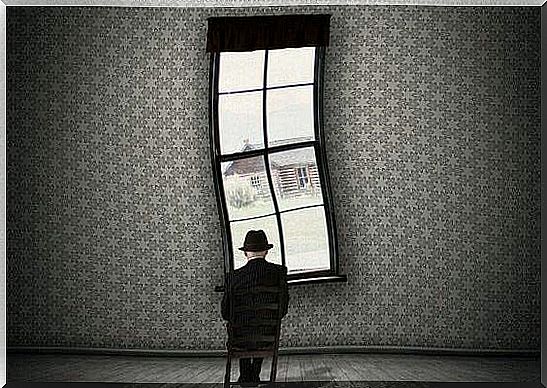
Something similar actually happens in people with hypochondria. They interpret every signal their bodies give them as the worst-case scenario. Then they worry that they have a serious illness and that their condition could get worse at any moment. Plus, they feel like they can’t do anything about it.
In both cases, relaxation techniques are definitely recommended. Because they help reduce and deactivate anxiety. They also prevent it from escalating. In addition, these techniques teach a person how to read the signals his body is sending him. They make the person feel like they have more self-control. Regular exercise also has a positive effect. And as always, it’s a good idea to see a therapist. This also applies to all types of fear.


